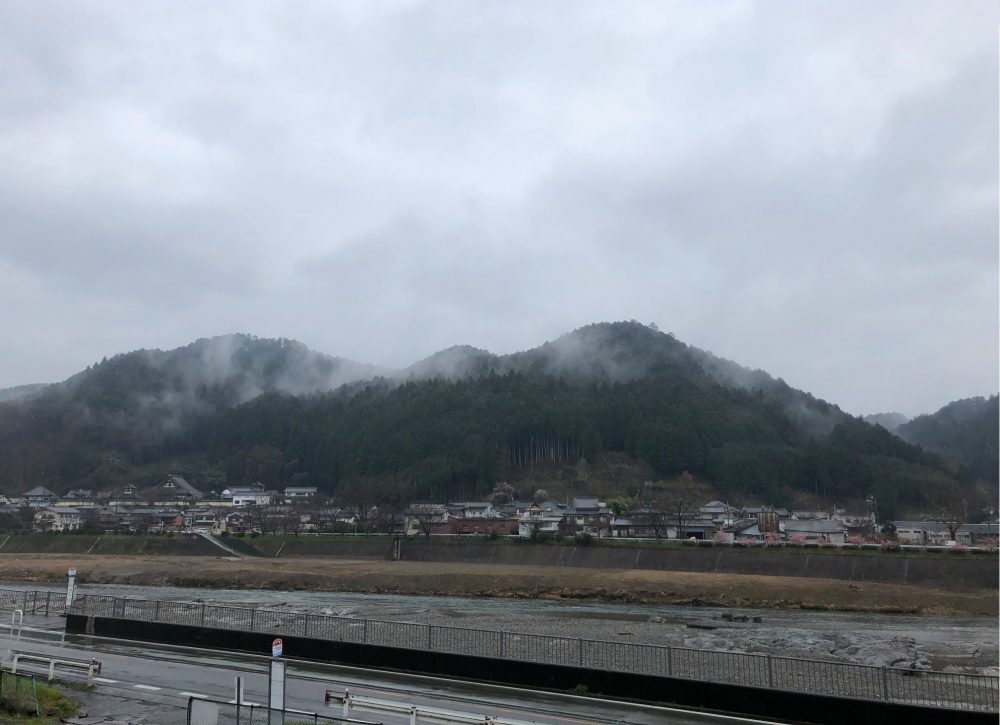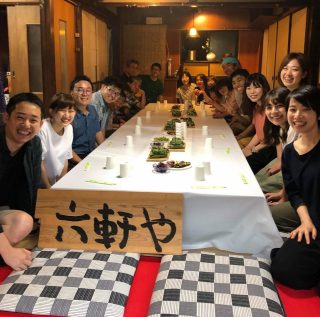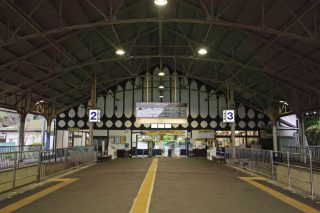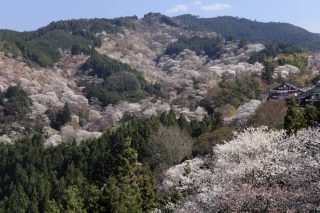There is an old-fashioned guesthouse called “Sankiro” in Kamiichi, Yoshino Town. In one corner of the guesthouse, the government of Yoshino and SAGOJO.Inc jointly operate a shared office called “TENJIKU Yoshino”. Here, they operate an unusual travel-oriented program.
We call those people who visit here “travelers.” In addition to just sightseeing in Yoshino Town, “travelers” go a bit deeper into the area and engage with locals in Yoshino Town. By helping locals with tasks that require human resources, the accommodation fee for Tenjiku Yoshino becomes free. In this article, I would like to introduce how travelers are spending time in TENJIKU Yoshino in chronological order.
8:00 Get Up
Basically, there is no fixed wake-up time; travelers just need to get ready by the time of departure for the destination where they will do their activies Some people say “I woke up earlier than usual!” while others say, “I slept better than usual in a quiet environment.” If the weather is nice, both people who get up early or late will start the day with a nice view of the warm sunshine.
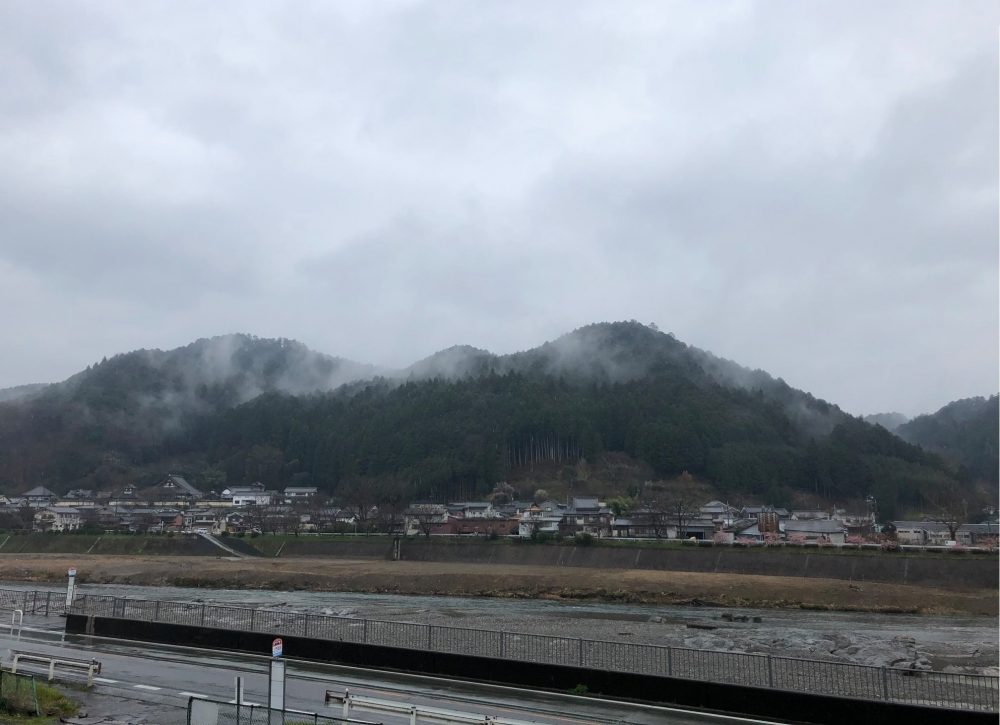
9:30 Departure
Depart to engage with and help local people. Depending on the location, travelers head to the destination on foot or on bicycles that can be rented at TENJIKU Yoshino. At other times, a program-related guide or a local person in Yoshino Town may take them by car from TENJIKU Yoshino to their destination.
10:00~14:00 Help local people
Start helping. These activities can take many forms, such as farming work, guest house assistance, and, if desired, travelers can organize events in rental spaces. This time, I would like to discuss the task of “clearing out bracken vines after harvest,” which I was involved in directly as a guide.
Hayashi-san, who cooperated with us on this activity, manages the fields in the Ryumon district in Yoshino Town. There are some fields owned by Hayashi-san himself, and some other fields that are managed by volunteers as there is a decreasing amount of active farmers in Yoshino these days due to population decline.
In one corner of the field, there are greenhouses that grow bracken. Since I have no knowledge of plants or agriculture, I always thought bracken was a thing that grows naturally in the mountains, and therefore not a thing that is grown artificially as a crop, requiring time and effort. But Hayashi-san started preparing farming tools such as wheelbarrows, hoes, and dustpans, saying “rather than making vegetables that anyone can grow, I’d like to take the time and effort to grow things that are hard to find on the market, and which can only be utilized by luxury restaurants.” Indeed, one fascinating part of getting into the area and working with locals is that I can learn about these sorts of things directly from growers and producers.
When we were ready, Hayashi-san explained the details of the work. We gather bracken vines leftover after the harvest from the green houses, take them outside and pile them up in one place to burn. The vines were to be collected and transported by wheelbarrow or dustpan … it was a simple task, but actually pretty hard work.
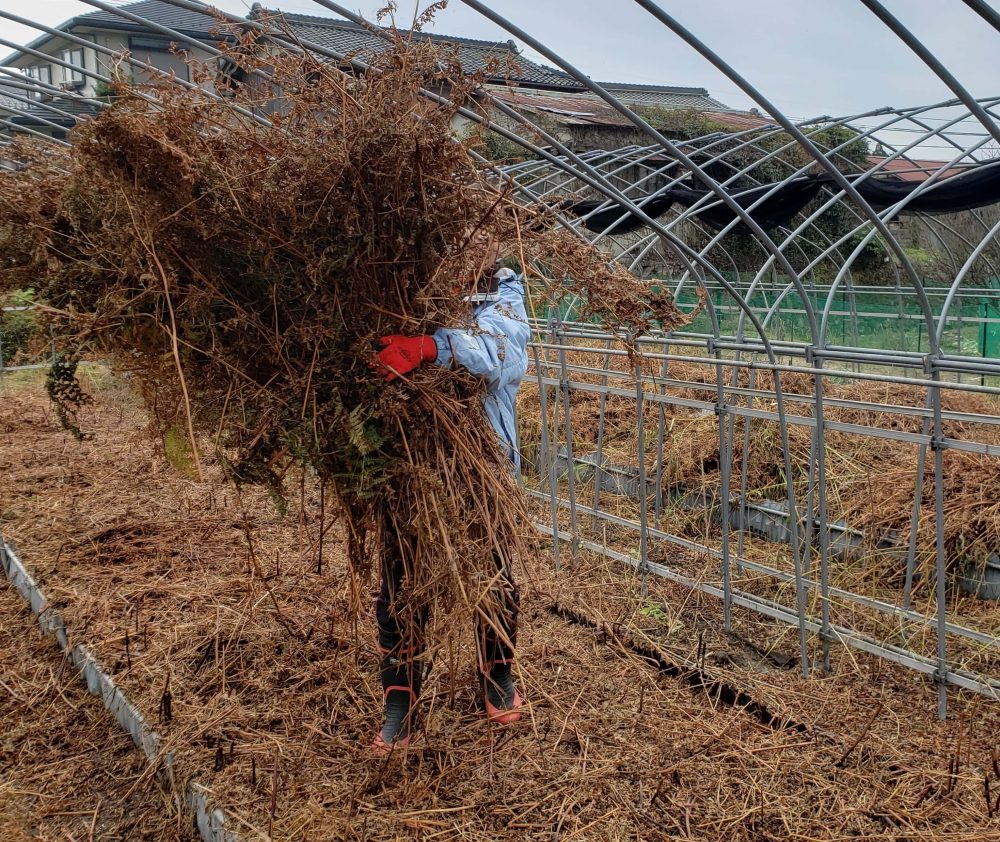
Looking at the traveler with a smile, who was doing the job with all her might, Hayashi-san remarked that “I was worried about whether or not this task was suitable for a woman, because I thought the traveler was going to be a man. I can now see that I didn’t need to worry as you are a very hard worker.” We worked for 2 hours, while taking a few rests with tea which he brought to us saying, “You don’t need to work that hard, do it at your own pace.” When we heard the lunch break siren at noon, Hayashi-san took us to his favorite restaurant saying “let’s go eat lunch!”.
While eating lunch together, Hayashi-san, with a little shame but firmly grasping the current situation and looking ahead to the future, told us about the problems in the Yoshino area and the prospects for the future. The words of those who knew about the past history of Yoshino Town were somewhat lonely, yet clearly conveyed his strong will to connect important things to the next generation. The chance to hear the real intentions of the local people in chatting is a real pleasure of visiting Yoshino Town as a traveler.
With full bellies, we went back to work as there was more to do. We cleared almost all of the bracken vines in three greenhouses and called it a day.
Hayashi-san expressed his thanks by saying, “It’s the hardest thing to do this work alone. If it gets this far, it’s easy to do the rest. It really helped. Thank you!”
Saying so, he handed us a big and splendid taro and a bag full of persimmons.
“It’s nothing special, but here is a taro and some persimmons that I grew. Please take them home and eat them.”
Since freshly harvested crops are the best treat, the traveler and I, who do not usually engage in agricultural work, were very pleased with Hayashi-san’s kindness.
After touching locals’ heart-warming hospitality, the traveler returned to TENJIKU Yoshino. Leftover time after the assistance activity is finished is designated as free time; some travelers stroll around the town, some others relax at TENJIKU Yoshino. It is also possible to do more work. (… but there are none who actually do, lol).
If the timing is right in the evening, you can participate in a starry sky viewing party, or an exchange meeting hosted by local people. Since it all depends on good timing, I can’t say if a traveler will be able to do such things with any certainty, but I think it’s a privilege for the traveler to participate in these meetings and get involved with people other than those who they engaged with for their day’s work .
TENJIKU has created a lot of wonderful relationships between local people, who want to help and meet travelers again, and has benefited travelers, who want to come back to Yoshino and help out in the community. This is Yoshino.
Why don’t you visit Yoshino as a traveler yourself?

